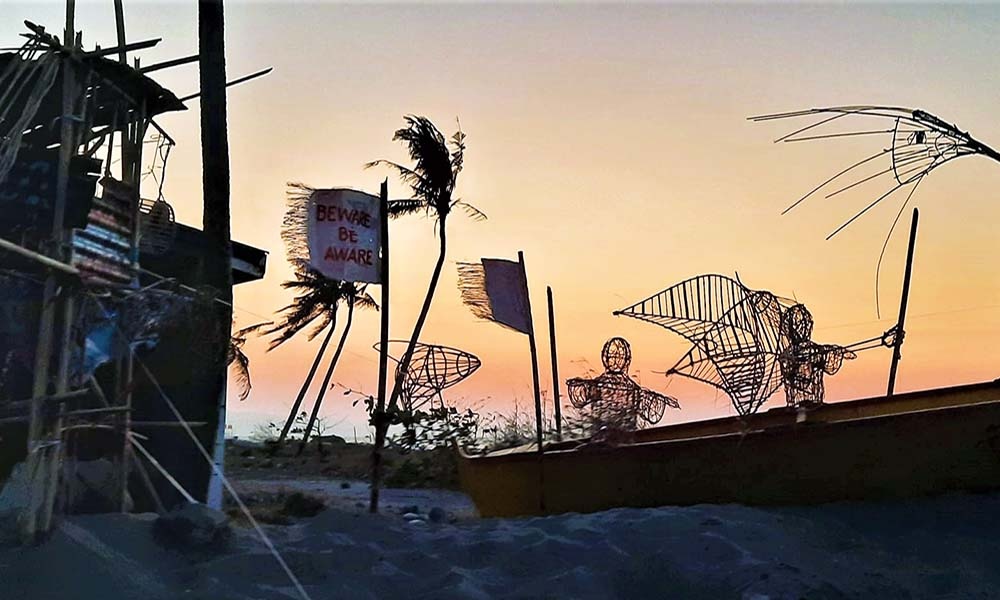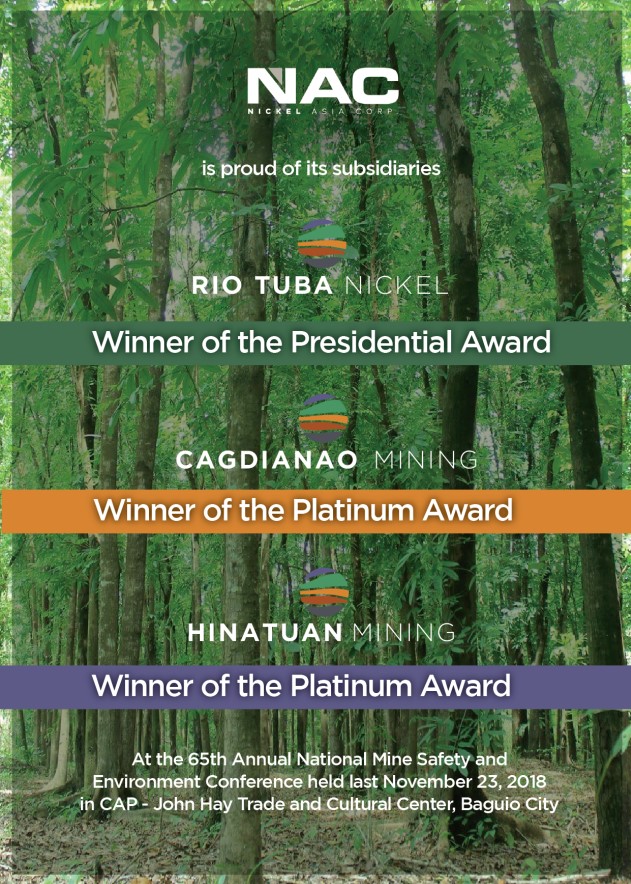The last days of the Capitol trees
 By Eva C. Visperas
By Eva C. Visperas
GO to the Capitol area.
Hug the trees there.
Soon, they will be gone.
A total of 192 trees will be cut — vanishing from our sight, living only in our memories.
On Monday, September 8, 2025, I went, as I always do, to the Sangguniang Panlalawigan Hall at the Capitol building to cover the session — to report on the discussions, resolutions/ordinances passed, and questions raised, so the public would know what is happening.
Before the session began, an employee quietly told me about a tarpaulin posted in front of the Capitol building, near the flagpole.
Before lunchtime, I went there. To see is to believe, I said.
It felt like reading a death sentence.
It said:
Notice to the Public
The public is hereby informed that this tree-cutting activity is authorized by the Department of Environment and Natural Resources (DENR)
Permit Number: 08072025-013
Date Approved: August 8, 2025
Purpose: Redevelopment of the Provincial Capitol Complex, Lingayen, Pangasinan
Affected Number of Trees: 192
This permit is official. It means that soon — maybe any day now — 192 trees around the Capitol will be gone, to make way for redevelopment.
So yes, it is legal.
When I told a friend, she was shocked.
I simply said, “Don’t be. It was bound to happen. What surprised me more was the silence — that even those who call themselves environmentalists said nothing when the first trees behind the Capitol were cut to give way to the reflecting pool.”
The truth is, after that first massive cutting, I braced myself for more.
Right after the 2025 elections, I took photos and videos in front of the Capitol — almost like keepsakes. I had a feeling this would come. And I was right.
Sixty-four trees were cut down in late 2023 to make way for the reflecting pool and interactive fountain.
The provincial government promised to plant 3,200 seedlings as replacements. I honestly don’t know how many have been planted so far.
I told a friend from the media about the recent permit. He asked, “What are they building that they have to sacrifice all these trees? What will the Capitol look like after this?”
During the groundbreaking of the reflecting pool, Governor Ramon Guico III shared his vision: to transform the Capitol grounds into “something culturally enriching, iconically inspiring, intellectually engaging, and historically nostalgic.”
We will wait and see.
But as the song says, “Don’t cry for me, Argentina.”
* * * *
Meanwhile, my fellow Pangasinenses, criticism has been coming from all sides — especially on social media — questioning government projects, particularly those on flood control. Some try to paint these projects as corrupt or anomalous.
However, let us be clear: all infrastructure projects undergo an open and transparent bidding process.
Members of Congress do not control this process. It is the Department of Public Works and Highways (DPWH) that is in charge, and every bidding document is publicly uploaded on PhilGEPS, the government’s official procurement website. This means anyone or any company — even from Visayas or Mindanao — can join if qualified.
Before a contractor is allowed to bid, their track record, financial capacity, and performance history are carefully reviewed. Those who are qualified work hard to protect their names, because one mistake could bar them from future projects.
That is why it is unfair to accuse all contractors of wrongdoing without proof. May mga matitino rin naman pero ang nangyayari ay damay-damay na.
And about flood control projects — yes, they are necessary. Our rivers, like Pantal and Sinocalan, are huge and heavily silted. It takes time to complete flood mitigation projects, and until the entire river system is addressed phase by phase, flooding will still happen in some areas.
There are no ghost projects, no substandard works here — only projects done according to process, with close supervision, said the DPWH.
Let us not be quick to spread rumors. Let us respect the truth, and also the people who are working hard to build safer infrastructures for our communities.
Those who build with integrity deserve our respect, not baseless accusations.







